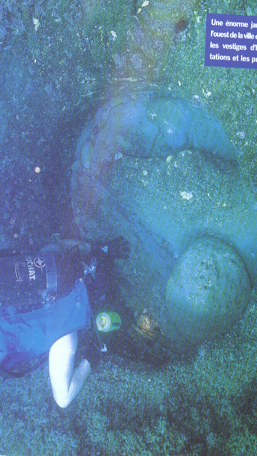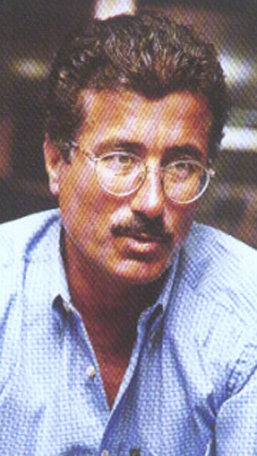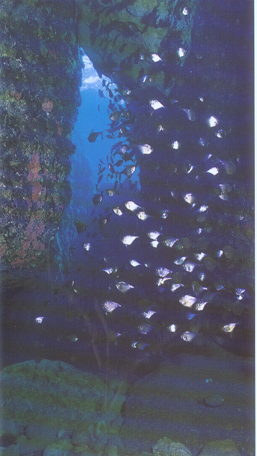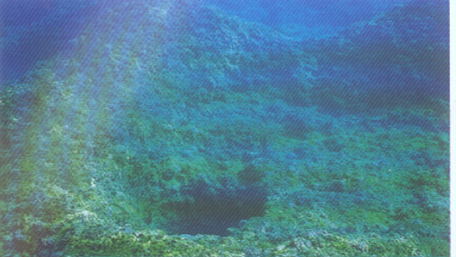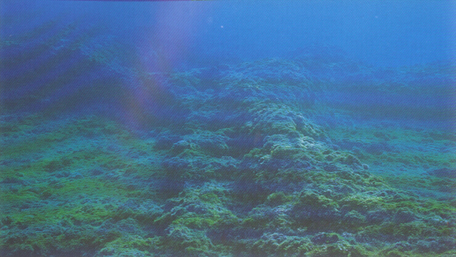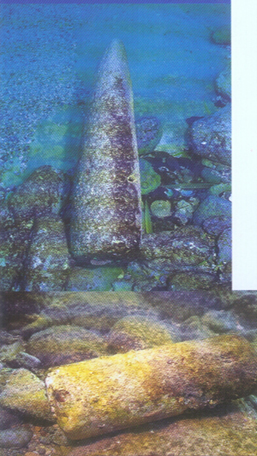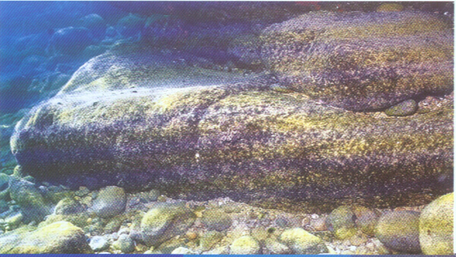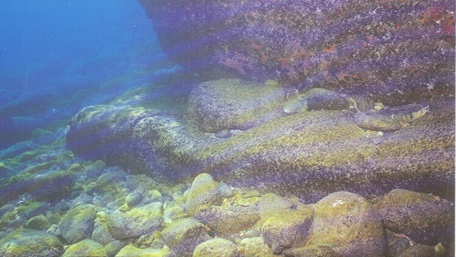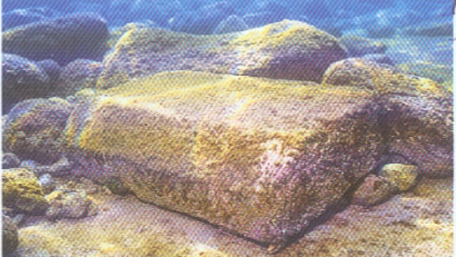This island, great enigma of history, did it really exist?
© Mohamed el Sarji
A huge jar west of the city between the remains of houses and wells. Once there was Saidoun, a lost city island, which disappeared into the depths of the sea, an island that created so many legends and raised envy; we end up believing that only it existed in the imagination of Phoenician and Greek historians, until … when a diver discovered quite by chance, one kilometer off Sidon, the remains of a city.
With the discovery of this city under water, it’s a mysterious piece of our past that emerges. Simon Nadim collects statements from Mohamed el Sarji and Youssef Hourani, Doctor in History of Civilizations.
Investigation and report at the heart of Phoenicia and the seabed, to the halls of Oriental antiquities at the Louvre.
© Mohamed el Sarji
Mohamed el Sarji tells his surprising discovery.We owe the discovery of Saidoun, sunken city, to Mohamed el Sarji, president of the Union of Lebanese professional divers, coach director of the club NAUI, president of the Maritime Rescue Committee in southern Lebanon, a member of several environmental groups including Greenpeace. Diplomas and master’s degrees from the USA, in directing and diving. Later, he combined his two passions. But he ignored that one day he would be taken to a third passion: the history of Phoenicia. He tells us …
WHEN A MAN “DIVES” IN HISTORY. “It was in 1997, a diving expedition like any other. I never imagined it would lead me to an extraordinary discovery, it will unveil a page of history and at the same time poses a puzzle, raise so many questions … I cooperated then with Youssef Hourani, PhD in History of Civilizations for writing a screenplay about ancient Tyre, it is naturally to him that I rushed, overwhelmed, to tell him of my amazing discovery. At the bottom of the sea, stones that could not be the work of nature, cut stones, leftover construction, slabs, remnants of a large square, furrows dug as drains … Something struck me as an evidence: establish the link between the sunken city and history. And the investigation began. Dr. Hourani consulted all references, quotes, reviewed all documents referring or alluding to a maritime Saidoun. At each dive, I brought pictures, movies of the site. His daughter Monique, intrigued by a carved block, suggested that it be the representation of the statue of Astarte, It was a revelation». Mohamed el Sarji waited more than seven months to film the statue again until the vegetation that covered it to be absorbed. Sarji concludes: “After two years of exploration, documentation and archiving work, we decided in 1999 to reveal this discovery to the public”
The ingenuity of the Phoenicians is evidenced by the structure of their wells to collect rainwater.
© Mohamed el Sarji
Collapsed well, became cave over the centuries.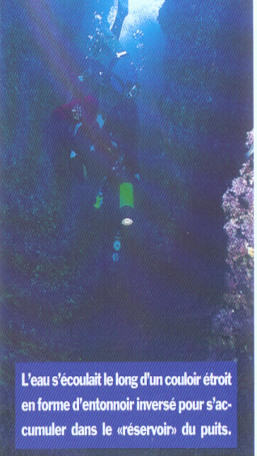
© Mohamed el Sarji
The water flowed along a narrow corridor, in the form of an inverted funnel to accumulate in the “reservoir” of the well.5M DEEP, DISTANCE FROM THE COAST: 1000M. “The most fascinating in this sunken city, which hit me most
is its structure, which reveals what advanced stage the Phoenician civilization had reached, the urban plans had nothing to envy to our contemporary cities. The mastery and techniques of water storage, the first condition of survival, particularly on an island. The inhabitants of maritime Saidoun had understood well this fact. The first thing I noticed is the deepest part, 10 meters deep, north-west of the site, the presence of pits … kind of flaws in V carved in the rock, wells to collect rainwater … that could be the work of nature, but dug into the rock by the hand of man.
The deepest would be 20 meters deep. The people of the island covered with large stones to prevent evaporation of water in the sun. Later I discovered stacked stone, carved by human hands: the remains of houses …
What remains of the houses affected by the earthquake? And then I noticed, dug in the ground, tanks, presumably intended to store water, this precious resource, demonstrating the practicality of the Phoenicians who have furnished a kind of “impluviums” pieces that were part of Roman houses? Even more surprising, skirting the south, toward the east, these kinds of stones shaped like the tophets of Byblos, Beit El that overcome these burial Phoenician sites. So I find myself in a necropolis … I am brought back to reality by the sight of a wall that I walked along on 30-40 meters. And I came across a strange formation at an angle. Imposing. Enigmatic. Could it be an old sculpture? But this size, the proportions … a statue of the great goddess? A sculpture of Astarte?
One thing is certain, this block has never been part of the wall. The remains of an adjoining room, just behind the wall, and the presence of a water plant, probably for sacred ablutions, made me immediately think that this place was once a sanctuary, a temple. The one that Eshmounazor evoked in his epitaph? And this underwater journey ends only to begin to decipher even a blank page of our Phoenician ancestors. It is now necessary to excavate to learn more and make justice to the people of Saidoun. ”
© Mohamed el Sarji
Inside each house we find a tank, probably to collect water.© Mohamed el Sarji
remains of dwellings in the southwest of the site.“O HOW MANY LEGENDS ARE PROVEN TO BE REALITY” DECLARES YOUSSEF HOURANI, DOCTOR IN HISTORY OF CIVILISATIONS. “With Jbeil and Tyre, Sidon is the Phoenician city that has most marked antiquity. They cited major Saidoun and most …
Saidoun the island did it really exist? Dr. Hourani made a reassessment of historical texts.
He believes that the ancient writings have more foundation than we think. And we ask the question. Saidoun Maritime did it exist?
A text of Tell Amarna (1370 BC.) described Saidoun the island as a thriving city and its king declaring allegiance to the Pharaoh.
“A predominant island city …” stated the great historian Sanchuniathon, the inhabitants of the coast were’nt they named Saïdouniens in the Iliad and the Odyssey?
– Phoenician kings of the city said they built temples to Saidoun ard Yam, “Saidoun sea”, several texts are authentic.
© Mohamed el Sarji
Could it be sculptures Beit El, tophets surmounting the Phoenician necropolis?
© Mohamed el Sarji
Close-up on the wall of the supposed sacred chamber of the temple. Right: one of the pieces of the temple, area: 5mx4m.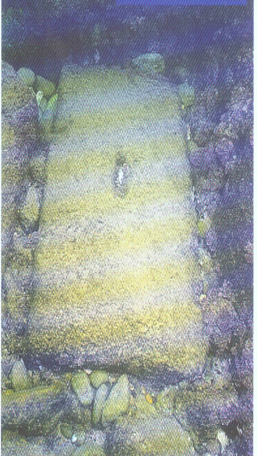
© Mohamed el Sarji
Slab of the temple, dimensions: 1m30x70cm.-Doctor Hourani quotes again … “Fear shame Saidoun because the sea your fortress, does not generate sons nor nubile»
A premonitory injunction of the prophet Elijah that caters well to island city. War and conflict have marked the ancient history. Using their military supremacy, people went to conquer rich and prosperous cities and robbed them. The expansion of coastal cities by trading posts were raising the greed: Pharaohs, Chaldeans, Assyrians, Persians campaigned in Phoenicia.
-When Alexander the Great invaded Tyre, thousands of survivors of thecity, cited texts, took refuge in Saidoun …
-Texts dating back to Senharibin Mesopotamia indicate that he defeated Major Saidoun, “he threw into the water stones of its walls.” Saidoun was an island … ~
But the most striking evidence of the existence of the island of Saidoun remains the statement of Asserhadoun, son
of Senharib in faith which he claims to have conquered the city of Saidoun, a town off the sea, considering this as a real performance, who invaded Egypt, Nubia, and subjects Sardinia. He proudly claims to have demolished the homes of Saidoun thrown its walls to the sea, and caught its king, Abd Malkout like a fish in water. “Taunting me, the king of Saidoun failed in his religious duties towards the gods of the Assyrians, but the plots of Abd Malkout have not paid, Saidoun, its king and its people have received a severe punishment. All I have amassed wealth: gold, silver, precious stones, ivory, cattle … I have carried in Assyria. ”
The eminent Greek historian Strabo, one of the most credible of Antiquity (1stS..BC) cites an earthquake that hit the region, a city engulfed and destroyed an army advancing along the coast. Three-quarters of Saidoun have thus fallen into the water.
Pausanias, a native of Atchana in Syria mentions the earthquake that swept Saidoun, destroys and engulfs largely (135 BC. JC.-5lap. AD). The stories of two historians agree.
An inscription on the black basalt sarcophagus of the king of Sidon, son of Tabnit Eshmounazor II discovered in 1855 and which is now in the Louvre supports this evidence. It is likely that Saidoun was not completely engulfed by a telluric shock but submerged for centuries.
The amazing discovery of a sculpture was a revelation: is it the statue of Astarte?
© Mohamed el Sarji
The goddess Astarte, is a great Phoenician god. The Greeks have assimilated to Aphrodite, worshiping Aphrodite Oranias heavenly. Astarte is called a “morning star.” The goddess is also the Roman Venus and Uzzu of the Arabs. Uzza, town south of Sidon still bears its name. Such an imposing discovery doesn’t it deserve thorough excavation?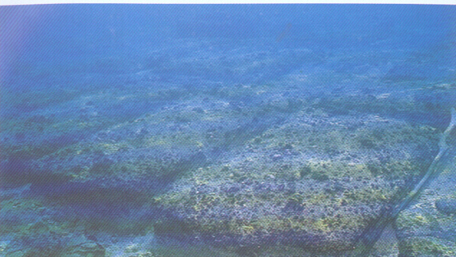
© Mohamed el Sarji
The big square. Area: 15mx10m. The slab dimensions: 2mx1m.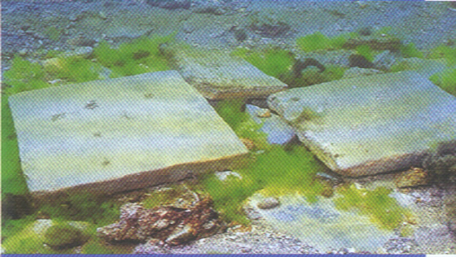
© Mohamed el Sarji
Large marble slab in the North East.AND I GET OUT OF THESE TWO MEETINGS WITH HISTORY AND THE SEA, the Phoenicians and the gods, with my insatiable curiosity I got frustrated of the unexplained. It is unthinkable to go without entering it, next to a door ajar on the past, and is willing to reveal to us what historians have tried to find for years, spending a lifetime, remembering that Perhaps this sculpture of Astarte praised and worshiped by King Eshmounazor II on his sarcophagus in the Louvre, is based close to us, do we not finally conduct formal research, throwing light on Saidoun Maritime, which challenged many conquerors, and get to our ancestors the posthumous recognition they deserve.
Interview by SIMON NADIM
© Mohamed el Sarji
Stone block carved by man.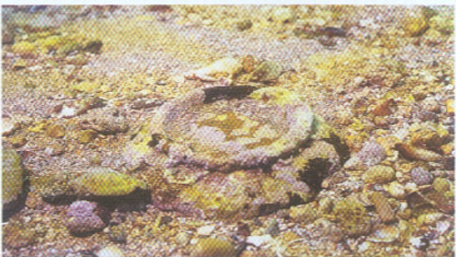
© Mohamed el Sarji
jar buried in the seabed.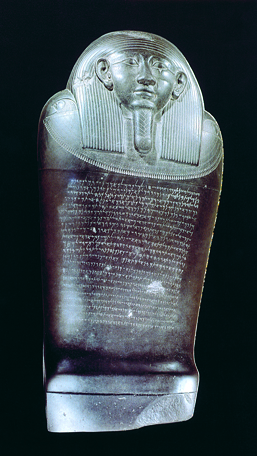
© Mohamed el Sarji
An inscription on the basalt sarcophagus of King Sidon Eshmounaror II, son of Tabnit discovered in 1855 and which is now in the Louvre, clearly referring to two Sidons one terrestrial and one marine:
“I Eshmounazor; king of Sidon and Ina Immiashtart mother, priestess of Astarte, we built the temple of the gods, the temple of Astarte in Sidon Maritime and we installed it Astarte Magnificent Sky and it is we who have built a temple for Eshmoun the sacred territory of the YDLL on the hill and we have also installed the neighborhood of Heaven Magnificent. It is also that we have built temples to the gods of Sidon: a temple to the Baal of Sidon and a temple to Astarte-Nom-de-Baal in Sidon Maritime ”


